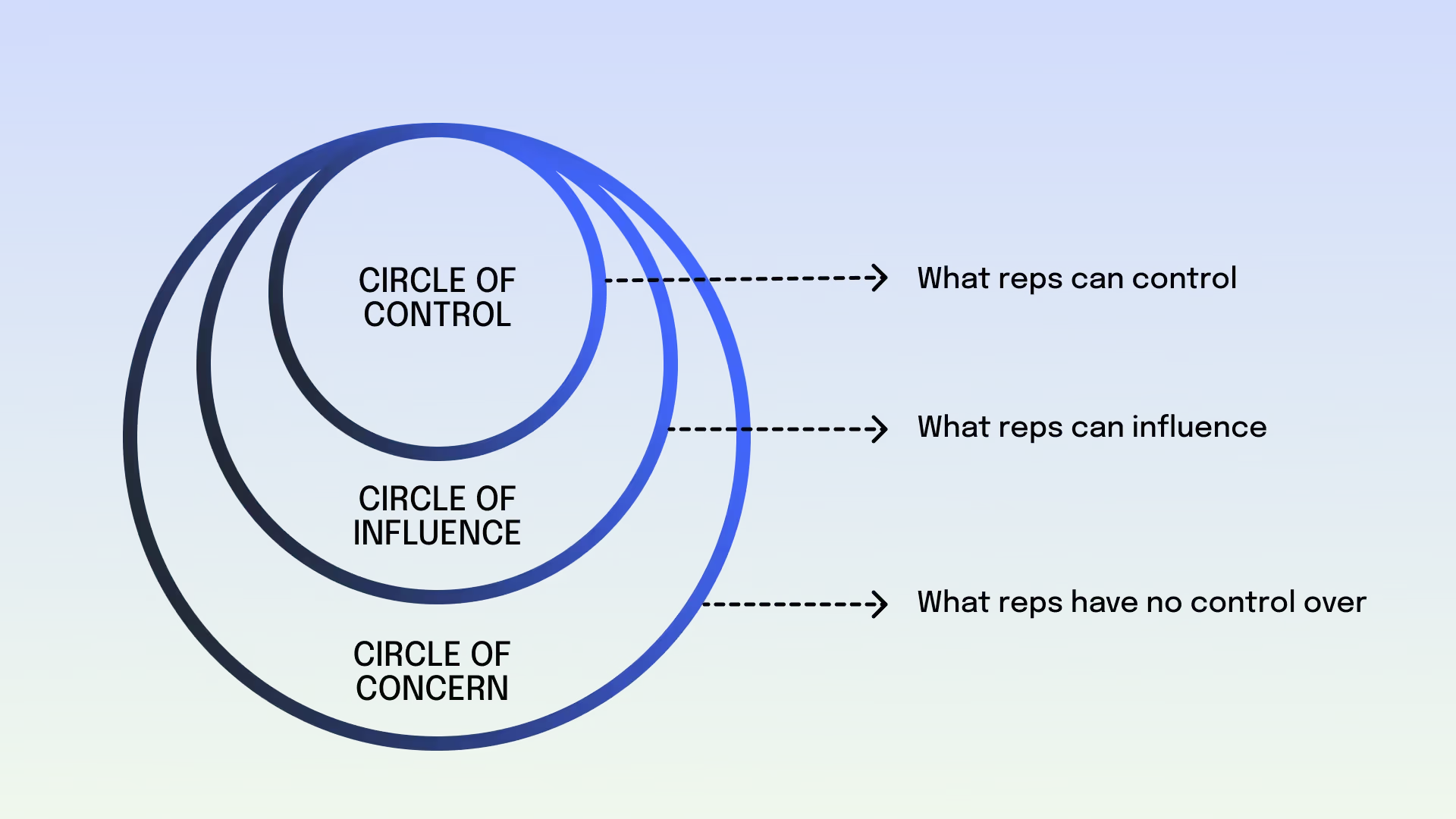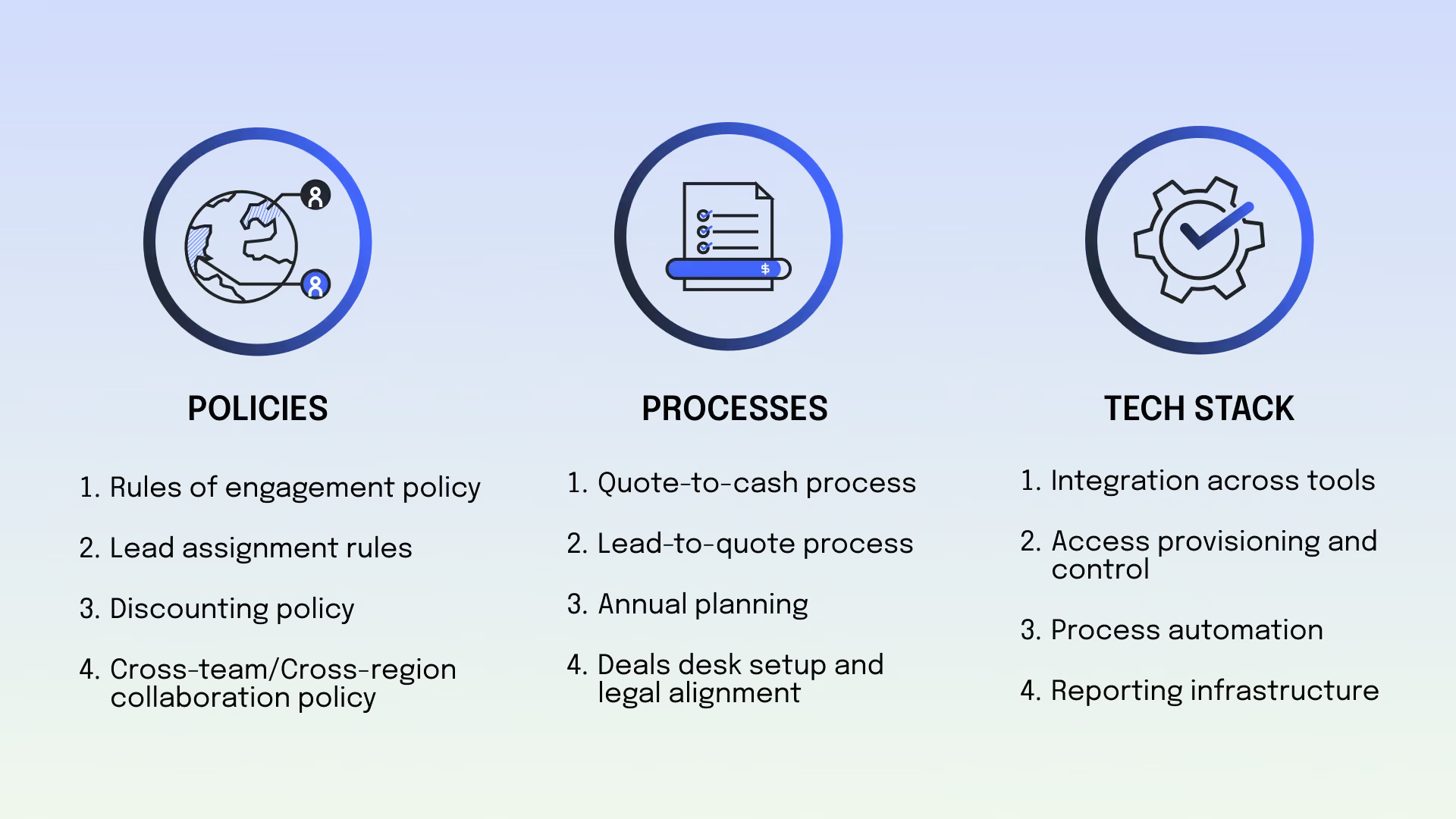The RevOps revolution is here! Over the last few years we’ve seen a massive rise in job roles with this title. This is only going to keep growing, and your RevOps team can help you scale faster. So, how can you make the most of RevOps to accelerate your growth?
Our CEO & Co-founder, Siva Rajamani, who was a RevOps Director at a $200M ARR firm, spoke about this in SaaStr Annual 2022. Here are the excerpts.
The Rise of RevOps
In the past year, we’ve seen a 300 % increase in RevOps leadership roles in the US. This summarises the demand there is for RevOps. What’s this frenzy all about?
The buying behavior of the customers has changed, and they have a lot more options to choose from. They conduct their own research before purchasing a product and make informed decisions. Moreover, they expect a first-class user experience throughout their tenure with their business, especially the buying journey.
RevOps plays an important role to ensure that your GTM team is aligned in terms of both data and process to drive revenue growth and scale businesses.
Here are some of the strategies that CXOs can use to leverage RevOps.
Strategy #1: Rationalize Reality with Metrics
As a C-level executive, your primary target is to grow and scale your business. For that, you need to have an understanding of the metrics that are needed to enable growth. This is where RevOps comes in.
By setting up a commonly accepted reporting standard within the firm, RevOps ensures that every team is on the same page. The goal of this strategy is to align marketing and sales metrics. Without unified reporting, you cannot expect growth to happen.
RevOps has a better context of the customer journey end-to-end and is also the only team that works with sales, marketing, leadership, and finance. Hence, they’ll be able to pull off this exercise and align all stakeholders to a common metric and keep you in touch with what is actually happening on the ground level.

Strategy #2: Collect Insights in Disguise
Understanding the ground reality is crucial for a founder. As the company grows, insights from the ground level tend to be filtered and a lot of real value is lost. Due to the way teams within an organization operate, there tends to be some opacity in information-sharing between them.
But, RevOps is viewed as a neutral party as they work as a cross-functional team. They have frequent interactions with reps when they are closing deals, CRM ticketing, reporting, incentives, etc. They also work individually with the marketing & sales teams, get to know what happens on the ground, and help you get actionable insights.
“Data alone doesn’t make the complete picture. You need to have those subjective insights that are coming in from the conversations with GTM teams” - Siva Rajamani, Co-founder & CEO, Everstage

Strategy #3: Reward the Right Growth Behaviors Strategically
After you have an idea of the metrics to track, you need to have a plan on how you’re going to achieve your goals. This is where incentives become crucial. Create the right incentive plans for your team so that they are well aligned with the target you want them to achieve and are motivated enough to do so.
Without incentives, there won’t be any accountability from the reps & leaders. RevOps as a function is credibly neutral and can balance leadership vision, finance requirements, and sales challenges. This makes them the right person to create incentives for different roles involved in the growth process.

Strategy #4: Streamline Policies, Processes, and Tech Stack
Once you have the data and the insights, and after you set up incentive programs, you also need to have the right tech stack to help you achieve your goal. You’ll need to set up the process in a way that the tools are completely in sync with each other. Remember, it’s the process that has to dictate the tech stack and not the other way around.
RevOps has a better context of what’s happening and can build the right tech stack. This ensures alignment between tools leading to improvements in the business processes.
Here’s an example of what you can do to streamline policies, processes, and tech stack

Strategy #5: Track, Report, and Optimize Marketing Spend
As an organization, you’ll need to ensure that your growth is sustainable, and not ad hoc. In general, marketing teams are passionate about the channels where they invest. As a result, they might not have a clear picture of where the spending can be cut down.
RevOps, however, acts as an independent partner to marketing, and has a better idea of what really works, and what can be let go. They can get unbiased feedback from sales, while ensuring that marketing is given a reality check.
Strategy #6: Grow and Protect
It is no secret that retaining customers is easier than hunting for new ones. RevOps can set up the right process to ensure that sales and customer success are working with each other, which in turn would lead to your customer’s growth as well. In this way, there are good chances that the customer won’t churn.
To tie it back to marketing, RevOps can run G2 reviews, get customer testimonials, and referrals, which would further help your business grow.
Final Thoughts
Now you would have got enough insights into how you can leverage RevOps to drive revenue growth. The function has taken massive strides in the recent past. As a CXO, the time is just perfect to utilize the function to fullest, and see the results of it!
You can watch the full SaaStr session here.












